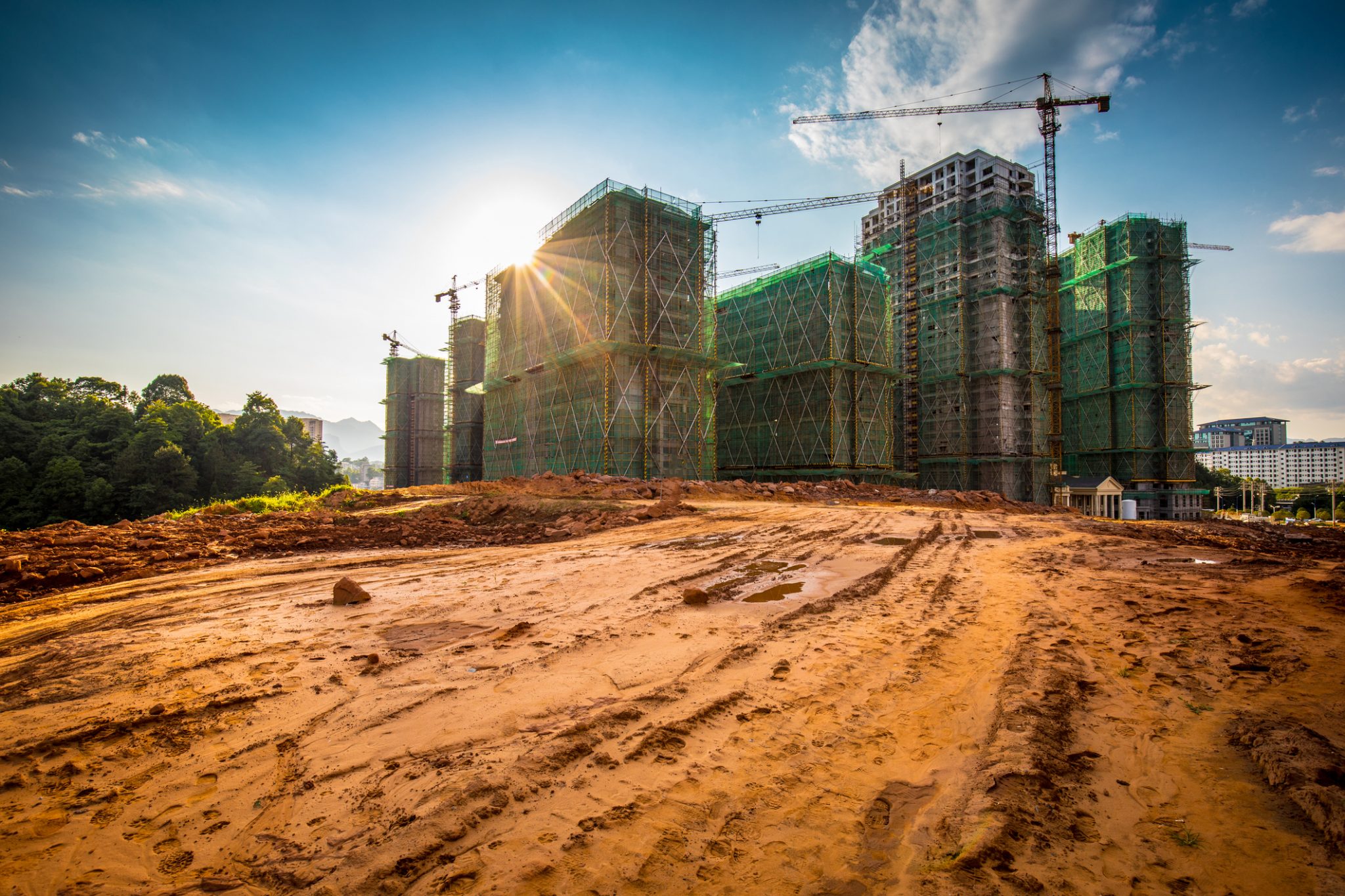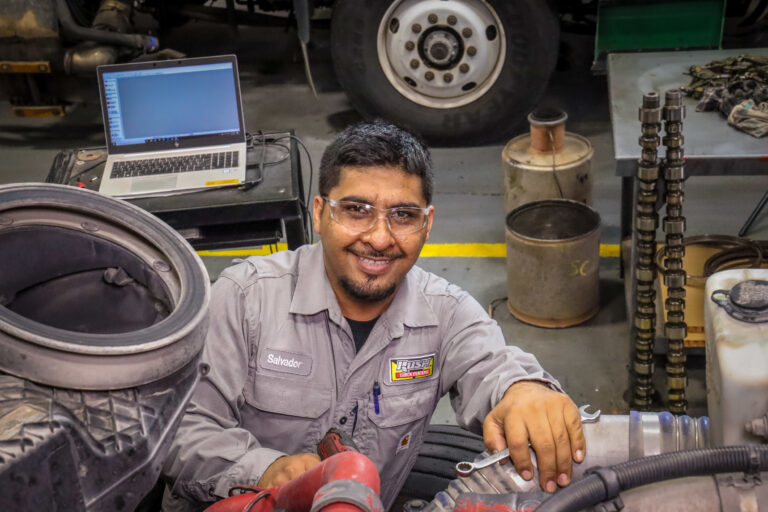
The use of mobile phones for wireless streaming of music, podcasts or other entertainment is everywhere. Walk down any street in the country and you’ll often see more people wearing headphones than those that aren’t. Some of these listening devices even come equipped with sound-canceling features that completely block off noises from the outside world.
The growing use of headphones, especially among young Americans, has left some construction companies scrambling to formulate policies for their use on the jobsite.
At orientations and safety meetings on Miller & Long Concrete Construction jobsites in the Washington, D.C. area, managers let employees know that earpods and headphones are not acceptable, said Frank Trujillo, vice president of the Bethesda, Maryland-based contracting company.
It’s a never-ending battle, he said, because the use of listening devices is so prevalent that sometimes workers don’t even realize they have them in their ears when they enter the site.
“People are just used to it, so that headphones and earpods are like a part of their body, so it’s nothing for someone to come in off the Metro or from the parking area wearing them and walk onto the job, clock in, put on their protective gear and continue on to work with them in their ears.”
A manager’s discretion
While there is no specific federal regulation that prohibits the use of headphones on a construction site, OSHA issued a letter of interpretation in September providing clarification on the matter. It said that headphone entertainment on a construction site is permissible at managerial discretion “unless such use creates or augments other hazards apart from noise.”
These hazards occur when the music masks environmental sounds that need to be heard, “especially on active construction sites where attention to moving equipment, heavy machinery, vehicle traffic, and safety warning signals may be compromised,” the agency said.
Despite the lack of formal OSHA regulation, no cellphone use of any kind should be allowed on active construction sites, Associated Builders and Contractors Vice President of Workforce Development Safety Health and Environmental Greg Sizemore told Construction Dive. Listening to music via personal headphones puts the employee and other workers in danger.
“That employee over there jamming to Mötley Crüe can’t hear his coworker shouting to him for help,” Sizemore said. “It’s just not wise to allow something like this into an environment where it can create the condition for you or someone else to be injured.”
He urges his members to train their employees on the appropriate use of technology in and around the jobsite. Workers might argue that they use music to help drown out extra loud construction noises, but an OSHA spokesperson said that is a bad idea. The goal for construction-site ear protection is to minimize sound, not to eliminate it.
OSHA standards require employers to protect employees’ ears over certain sound levels with ear protective devices, which does not include personal headphones or earbuds, according to an agency spokesperson.
“A portable music player is not a substitute for hearing protection,” the agency said in its recent letter.
Additionally, the agency noted, some manufacturers may claim that their products are “OSHA approved” or “100% OSHA compliant.” OSHA does not register, certify, approve, or otherwise endorse commercial or private sector entities, products, or services. Therefore, any such claims by a manufacturer are misleading, the spokesperson said.
A dangerous distraction
The need to remind workers to unplug from their phones “is a daily effort,” Trujillo said, and extends far beyond just listening to music. (Click here for related story.) He often has situations where employees tell him they are waiting from a call from a sick relative or daycare provider and “there’s an expectation that you should be able to address those concerns in real-time,” he said.
While the company has not had an accident stemming from cellphone use, Trujillo said there have been situations where employees were observed being exposed to hazards unnecessarily because they were distracted.
“I’ve seen people on their phone, standing there flipping through it, scrolling, while a load flies overhead,” he said. “Or standing in an area where they shouldn’t be standing just to get away and take a call.”
Although supervisors provide reminders, managers have never confiscated an employee’s headphones or phone, Trujillo said, adding that trying to figure out all the management of cellphone use “a minefield.”
“It’s not out of the realm of possibilities for employees and even supervisors to walk around on the jobsite and be on Facebook or be texting or looking at the news,” he said. “There’s just so many ways to distract yourself and the question is how do you manage that?”
Social media matters
The use of phones for photography also raises a red flag for Trujillo. His company has many clients like the U.S. Navy that require that no photos be taken on the jobsite.
Cellphones have been used to document sensitive incidents or accidents by would-be whistleblowers or disgruntled employees. In a recent case, Trujillo said workers on his site received video footage of a fatal injury on a nearby project, even before the victim’s family was informed.
“This deceased person had their image all over the internet,” he said. “It was a terrible situation for the GC on that project, I had to call them and tell them what was going on as they weren’t even aware of it.”
He said if an employee is concerned about safety on the jobsite there are better ways to get the word out.
“To me there’s plenty of mechanisms out there for an employee to report a concern to the authorities in the event they recognize something unsafe,” he said. For this reason, Miller & Long managers preface any talk about video recording on the jobsite with information about the company’s reporting system.
Miller & Long safety leaders are still developing a formal policy but for now, managers tell employees that if they absolutely need to check their phones or take a call they must exit the jobsite, clock out and “come back when they’re ready to work,” Trujillo said.
“If you’re in construction you need to pay attention to what you’re doing,” he said.
Source: Construction Dive







